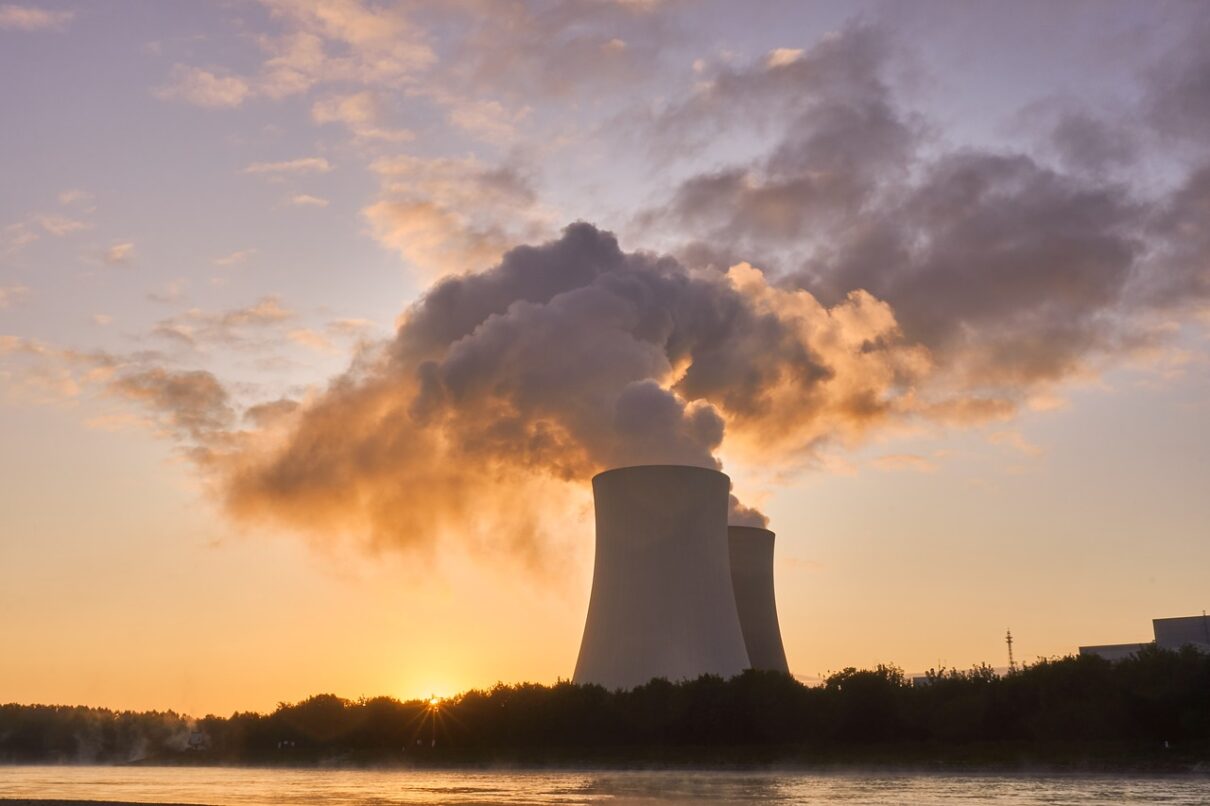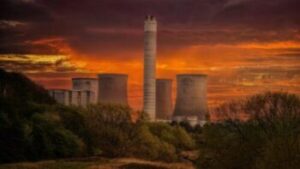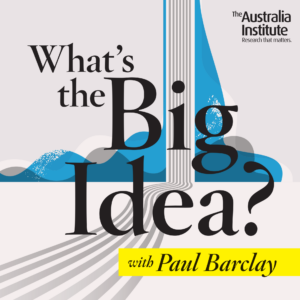You can’t prevent people from having bad ideas and you can’t prevent people from talking about their bad ideas.
But sometimes, a piece of legislation can prevent bad ideas from taking up large amounts of money and community time. This is what Australia’s ban on nuclear power achieves.
Nuclear power is a bad idea in Australia.
It’s really expensive. It takes a long time to build. It doesn’t respond easily to big peaks and troughs in electricity demand. Nuclear waste is a bummer, it needs lots of water and when things go wrong, they REALLY go wrong.
Australia’s electricity companies and major consumers like aluminum smelters all know this. None of them are interested in developing nuclear energy.
And yet, despite being such a bad idea, a lot of people in Australia are talking about nuclear energy.
But talk is all they can do, thanks to the Howard era legislation that bans nuclear development in Australia for power generation.
Thanks to the ban, all these ideas and all this talk will probably generate plenty more inquiries, but no proposals for public money and community time.
This is the great benefit of the ban. The benefit is not that it prevents serious nuclear development, for which no serious proposals exist.
The benefit is that it holds back all the speculators, shysters and con artists that feed on Australian climate denial policy.
Nuke bros and “technology agnostics” respond that if nuclear is such a bad idea in Australia, then governments can lift the ban and “just let the market decide!”
Oh sweetie, if you think that markets drive Australian energy projects, I’ve got a small modular integral fast nuclear fusion reactor to sell you!
Markets did not decide that taxpayers should build a new gas-fired power station in the Hunter Valley that is “not needed”.
The market did not decide that taxpayers should build Snowy 2.0 at shocking financial and environmental cost.
It is not electricity market forces pushing for the restart of the defunct Redbank coal-fired power station, also in the Hunter Valley. Instead, this proposal comes from “colourful banking identities” that include former associates of Eddie Obeid.
Having previously looked to use Redbank for less-than-market-driven purposes like cryptocurrency mining and hydrogen production, the current proposal is to convert it to run on woodchips.
Where the woodchips or other biomass would come from isn’t clear.
The official documents (p.64) suggest they could be obtained by clearing “invasive native species” somewhere near Cobar, which is located a market-defying 7 hours away by truck.
Another claim is that former mine sites might grow “elephant grass” to feed into the power station…which, as far as I can, tell has never been done before.
The fear of local conservation groups is that this is all just a front for using woodchips from native forest logging. A big new customer for woodchips would certainly help the state-owned NSW Forestry Corporation, which manages to lose money while logging the state’s native forests.
Redbank’s colourful owners have promised not to use native forest woodchips, and would they lie to you? Should we let the market decide?
Redbank will hopefully be rejected and not go on to threaten native forests. But even if it fails, bad ideas like this are not without cost.
Investors have put millions into it, millions that could have been put into actually useful projects.
Community groups have put hundreds of hours into meetings, reading planning documents and writing submissions to the NSW Planning Department – time they could have worked, enjoyed or put into more productive pursuits.
The NSW Planning Department will also put hundreds of hours into assessing the project, which should have been put into assessing renewable energy, housing or public infrastructure projects that are genuinely beneficial.
It is this kind of wasted time, money and effort that the nuclear ban avoids.
If the ban were repealed, speculators and shills would pounce on sites with grid connections and start dividing communities with lies like free electricity and nuclear making us the “Saudis of the South”.
They would flood state governments and agencies like the Northern Australia Infrastructure Facility with bids for public subsidies.
This has happened with hydrogen. There is basically no market for hydrogen, yet state-backed hydrogen projects have sprung up like mushrooms all over the country.
Markets don’t decide on developments like this. They are decided by lobbying ability and political connections.
This is what the nuclear ban avoids. This might not have been the Howard Government’s intention when it passed the ban, but this is the reason why it should stay.
Australian energy and climate policy has plenty of bad ideas – carbon capture and storage, carbon offsets, new coal and gas projects. We have hundreds of them.
The nuclear ban keeps a few hundred more at bay.
Between the Lines Newsletter
The biggest stories and the best analysis from the team at the Australia Institute, delivered to your inbox every fortnight.
You might also like
Dutton’s nuclear push will cost renewable jobs
Dutton’s nuclear push will cost renewable jobs As Australia’s federal election campaign has finally begun, opposition leader Peter Dutton’s proposal to spend hundreds of billions in public money to build seven nuclear power plants across the country has been carefully scrutinized. The technological unfeasibility, staggering cost, and scant detail of the Coalition’s nuclear proposal have
The hands of the Doomsday Clock show the world is ignoring a potential three-headed catastrophe
The apocalyptic “the end is nigh” was a popular meme for the image of despair and exclusion from the accelerating prosperity of America and the West.
No nukes: Australia must push for serious global nuclear disarmament | Tilman Ruff
Nuclear weapons are still a threat to humanity. In our age of uncertainty, Australia isn’t doing enough to rid the world of these weapons.



